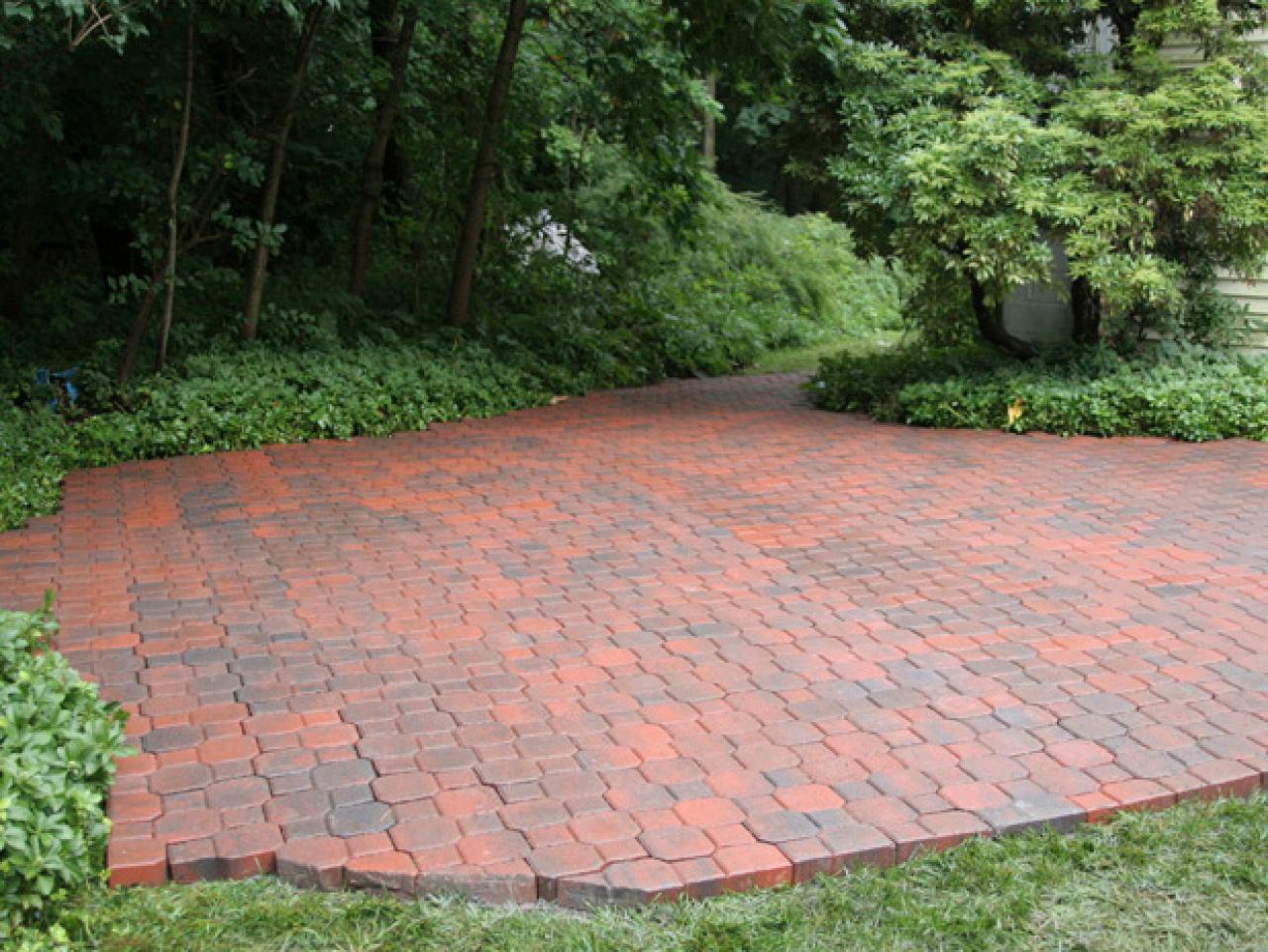
Patio Bricks: A Comprehensive Guide to Enhance Your Outdoor Space
Introduction
Patios have become an integral part of modern outdoor living, providing a comfortable and inviting space for relaxation, entertainment, and dining. Patio bricks, the essential building blocks of these outdoor havens, play a crucial role in defining the aesthetic appeal, functionality, and durability of your patio. This comprehensive guide will delve into the world of patio bricks, exploring their types, materials, installation techniques, and maintenance tips to help you create a stunning and long-lasting outdoor oasis.
Types of Patio Bricks
The wide range of patio bricks available offers endless possibilities for customizing your outdoor space. Here are the most common types:
- Clay Bricks: Classic and durable, clay bricks are made from natural clay and fired at high temperatures. They come in a variety of colors, shapes, and textures, providing a timeless and elegant look.
- Concrete Bricks: A versatile and affordable option, concrete bricks are manufactured from a mixture of cement, sand, and aggregates. They offer a wide range of colors and finishes, including natural stone and brick textures.
- Pavers: Interlocking pavers, made from concrete or clay, are designed to create a durable and attractive surface. They come in various shapes and sizes, allowing for intricate patterns and designs.
- Natural Stone: For a luxurious and natural look, consider natural stone pavers such as granite, limestone, or slate. These stones offer unique textures, colors, and durability.
Materials
The choice of material for your patio bricks will impact the aesthetics, durability, and cost of your project.
- Clay: Clay bricks are highly durable, resistant to fading, and can withstand harsh weather conditions. They are a popular choice for traditional and rustic-style patios.
- Concrete: Concrete bricks are strong, low-maintenance, and available in a wide range of colors and textures. They are a cost-effective option for modern and contemporary patios.
- Natural Stone: Natural stone pavers offer unmatched beauty, durability, and longevity. However, they can be more expensive and require specialized installation techniques.
Installation Techniques
Proper installation is crucial for the longevity and stability of your patio. Here are the key steps involved:
- Site Preparation: Excavate the area to the desired depth, ensuring a level and compacted base.
- Laying the Base: Install a layer of compacted gravel or crushed stone as a base for the bricks.
- Setting the Bricks: Lay the bricks in a desired pattern, ensuring they are level and evenly spaced.
- Jointing: Fill the gaps between the bricks with sand or polymeric sand to lock them in place.
- Compacting: Use a plate compactor to compress the bricks and base, ensuring a firm and stable surface.
Maintenance Tips
Regular maintenance will keep your patio bricks looking their best and extend their lifespan. Here are some tips:
- Cleaning: Use a mild detergent and water to clean the bricks regularly. Avoid using harsh chemicals or pressure washers.
- Sealing: Apply a sealant to the bricks to protect them from stains, moisture, and fading.
- Repairs: If any bricks become damaged or cracked, replace them promptly to prevent further deterioration.
- Weed Control: Prevent weeds from growing between the bricks by applying a pre-emergent herbicide or using a weed barrier.
Choosing the Right Patio Bricks
Selecting the right patio bricks for your project depends on several factors:
- Style: Consider the overall aesthetic of your home and outdoor space. Traditional clay bricks complement classic designs, while concrete bricks and natural stone pavers suit modern and contemporary styles.
- Durability: If your patio will receive heavy foot traffic or is exposed to harsh weather conditions, choose durable materials like clay or natural stone.
- Cost: Patio bricks vary in price depending on the material, size, and design. Set a budget and research different options to find the best value for your money.
- Installation: Consider the ease of installation when choosing patio bricks. Some materials, such as pavers, require specialized techniques and professional installation.
Conclusion
Patio bricks are the foundation of a beautiful and functional outdoor living space. By understanding the different types, materials, installation techniques, and maintenance tips, you can create a patio that perfectly complements your home and lifestyle. Whether you prefer the classic elegance of clay bricks, the versatility of concrete, or the natural beauty of stone, there is a patio brick option to suit your taste and needs. With proper care and maintenance, your patio bricks will provide years of enjoyment and enhance the beauty of your outdoor space.